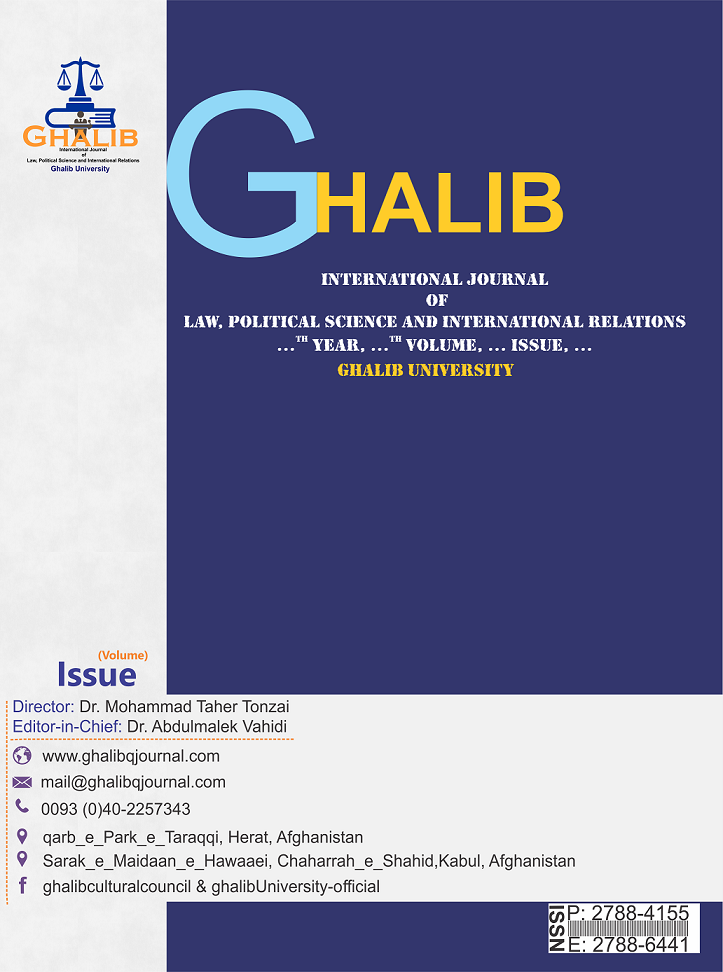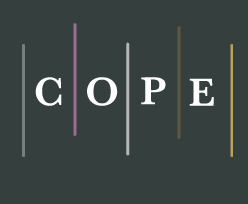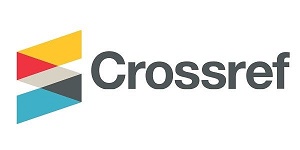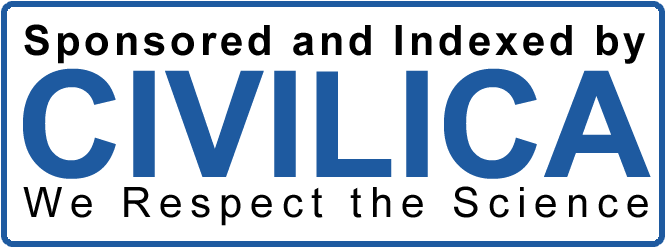1. Postpartum care and Complication in pregnant women Herat- Afghanistan
DOI:
https://doi.org/10.58342/.v11i36.28Keywords:
Postpartum care, Maternal mortality, Herat-Afghanistan, PregnancyAbstract
The postpartum period, also known as the puerperium, begins immediately after delivery of the neonate and placenta and ends 6–8 weeks after delivery. Postpartum complications are a considerable source of morbidity and mortality in women of reproductive age. More than 800 women around the world die every day due to pregnancy and its complications, with a high percentage of these deaths occurring in low- and middle-income countries. This descriptive study was conducted on 249 women in different parts of Herat city and included women of childbearing age who volunteered to respond. In this study, 29.3% of women between the ages of 24-27 years, 76.1% were literate, and 71.8% were housewives. More than half of the women in the study complained of some kind of postpartum complications. Based on the findings of this study, a significant relationship was found between postpartum hemorrhage, sexual problems, urinary incontinence, and place of birth. There was also a significant relationship between the choice of place of birth and the level of literacy of the couple, economic status, and access to health care centers. The prevalence of postpartum complications among women in Herat in this study is high according to the global statistics provided by developed countries, but it is comparable to other studies in Afghanistan and other developing countries. The degree of literacy, economy and urbanization all have a substantial impact on the reduction of postpartum problems. In the future, larger-scale, analytical research involving remote areas and districts is recommended.
Downloads
Published
Versions
- 2022-08-22 (3)
- 2022-08-07 (2)
- 2022-08-04 (1)
How to Cite
Issue
Section
License

This work is licensed under a Creative Commons Attribution-NonCommercial-NoDerivatives 4.0 International License.













